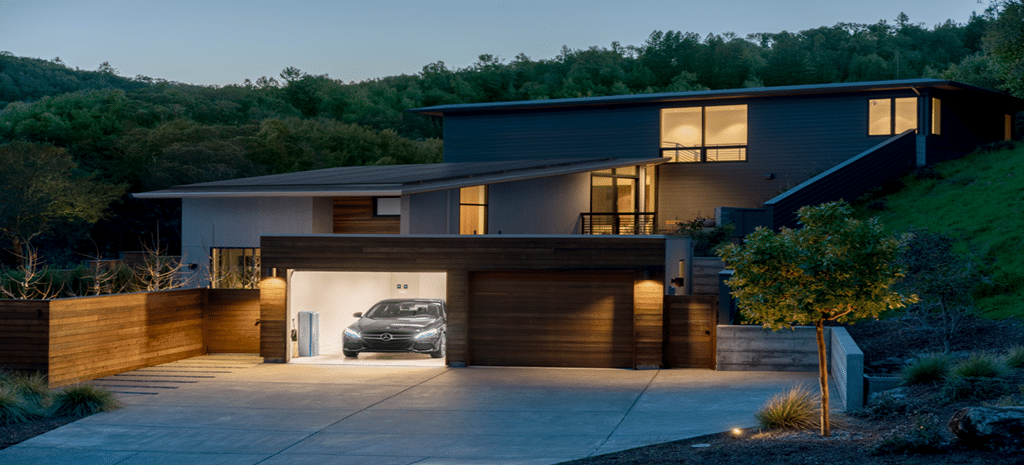Integrating distributed solar and storage resources elegantly into the grid requires these resources both to receive, and act upon, signals that guide their operations. Signals could guide the charging or discharging of storage resources, for example, or otherwise guide the provision of seven types of grid services.
One piece of the puzzle—how distributed energy resources act upon signals—has already been addressed. The technical professional organization IEEE has issued standard IEEE 1547-2018, specifying technical requirements that distributed resources must meet, and a collaborative industry team has issued a standardized communications profile.
Now, the other piece of the puzzle—how signals are communicated to distributed energy resources (DERs)—is being evaluated.
In the first phase of a National Renewable Energy Laboratory (NREL) study, researchers
have successfully demonstrated increased reliability for distributed generation systems, using LTE communications. The results show potential for private LTE networks to effectively transmit control information without interruption or delay, regardless of usage level or other congestion conditions.
The study is the result of a research partnership between NREL and the firm Anterix, which holds extensive licensed spectrum in the 900 MHz band.
Anterix reports that it is pursuing a regulatory proceeding at the Federal Communications Commission that “seeks to modernize and realign the 900 MHz band by allowing it to be utilized for the deployment of broadband networks, technologies and solutions.”
Advising on the study methodology are seven electric utilities: Duke Energy, Consumers Energy, Eversource Energy, Xcel Energy, Evergy, Hawaiian Electric, and Holy Cross Energy.
In the second phase of the study, reports Anterix, the private LTE network “will be expanded to include a full suite of utility grid automation devices and the Advanced Distribution Management System (ADMS) control system.”
While a utility may seek to control the operation of distributed resources, Sunrun has argued that optimal grid operation does not require utility control over DERs. Sunrun made that case in a Pennsylvania regulatory proceeding, alongside the argument by citizens group NRDC that key “grid-friendly functions of smart inverters are ‘autonomous’—the smart inverters can respond to voltage or frequency without the need for direct control.”
One of the utilities advising the NREL/Anterix project, Holy Cross Energy, has demonstrated autonomous grid-supporting operations by DERs.
This content is protected by copyright and may not be reused. If you want to cooperate with us and would like to reuse some of our content, please contact: editors@pv-magazine.com.








“”Anterix reports that it is pursuing a regulatory proceeding at the Federal Communications Commission that “seeks to modernize and realign the 900 MHz band by allowing it to be utilized for the deployment of broadband networks, technologies and solutions.””
So, is this carve up the 900MHZ band some more, or is it create more hopping frequencies in the 900 MHZ bandwidth? Right now there is the unlicensed 908MHZ to 928MHZ frequency hopping bandwidth.
“”In the second phase of the study, reports Anterix, the private LTE network “will be expanded to include a full suite of utility grid automation devices and the Advanced Distribution Management System (ADMS) control system.””
Today any SCADA system has remote controllers that can “control” and monitor the site in a “dumb mode”, where the master station downloads all parameters into the controller when communications is established or “download constants mode”. It could be that the site is more critical and more overhead will need to be programmed into the controller at the site, “smart mode”, where default constants and operation controls are set in the controller to take over when communications is lost.
IF a site is considered “very critical”, backup communications like an onsite satellite cell phone with direct dial would be a back up to the LTE.